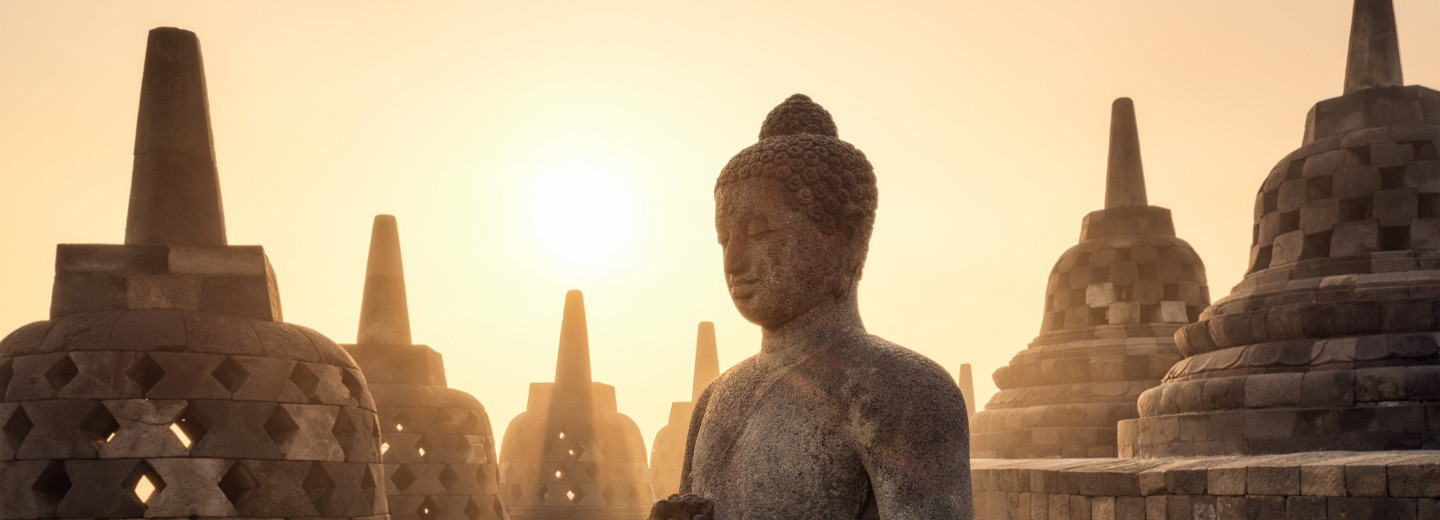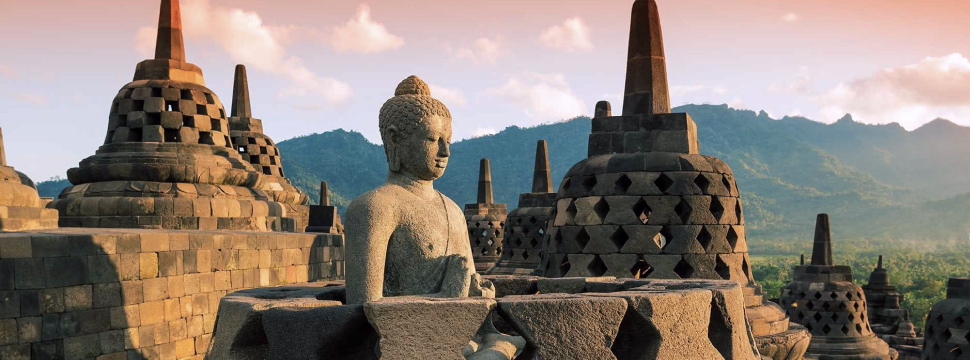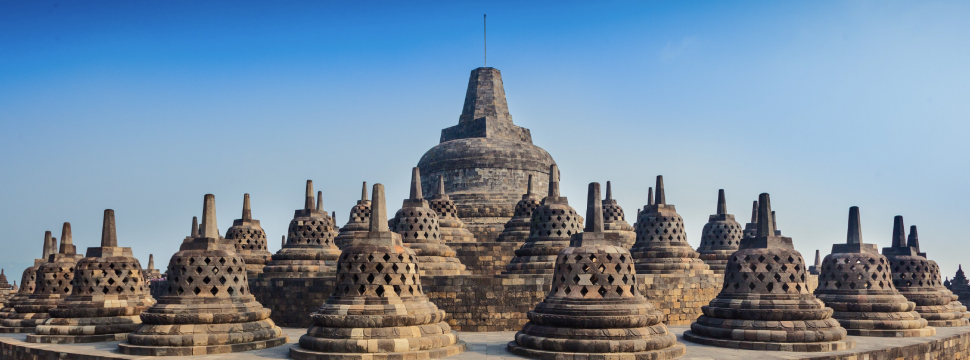
Indonesia has a long trace of history that initiated its diversity. There are hundreds of ethnic groups, each with its cultural objects. Owing to the long nation's history, the historic traces transformed into a unique heritage. One of them is Borobudur.
 Source: viator
Source: viator
Borobudur is a 9th-century Mahayana Buddhist temple in Magelang, Central Java, Indonesia. It is the world's largest Buddhist temple and a UNESCO World Heritage Site. The temple is built in the form of a mandala, with nine stacked platforms and a central dome, and is decorated with more than 2,600 relief panels and 504 Buddha statues. It is believed to have been built during the Sailendra dynasty and was rediscovered in 1815 by Sir Thomas Stamford Raffles. Today, Borobudur is a popular tourist attraction and a primary Buddhist pilgrimage site.
 Source: indonesia.travel
Source: indonesia.travel
Borobudur temple is said to represent the path to enlightenment, with its nine stacked platforms symbolizing the nine stages of Buddhist cosmology. The relief panels and statues of the temple depict various stories and teachings from the Buddhist scriptures, and the central dome represents the state of enlightenment. The structure of the Borobudur is a combination of square and circular shapes. The variety of circle and square forms is an expression of the struggles of human life and the universe, which is virtual and must free oneself from the truth. The top Stupa of Borobudur is the axis of the world cycle, the cycle of life (samsara), which is artificial and bound by desires. To avoid the process of life, humans must achieve self-liberation from reincarnation.
Discover the beauty of Borobudur and the stories behind it with mytripology.